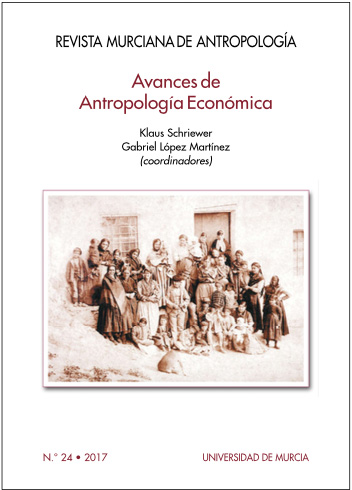The worker between practise and ideology from the 19th to the 21st century
Abstract
Workers’ culture and the labour movement previously were prominent fields of research. This had to do with their societal influence and to the fact that many scholars regarded a self-conscious labour class as a means to balance capitalism’s negative aspects, if not simply to overcome it as a system. Drawing from this background, the author argues that the common worker has hitherto not been satisfactorily understood as a subject of cultural history. Using investigations among workers at Denmark’s largest enterprise from the 19th to the 21st century, the author reveals the complexity and diversity of everyday working life of industrialism, the relations between workers as well as towards employers and society as a whole. The author argues that, as seen from the overall perspective of the state, the labour population –with varying intensity– played a very strategic role from around 1870 to 1990. During this period consideration for their well-being was understood as a precondition for societal cohesion: whereas, since the end of the Cold War, that understanding has changed. The author draws on the ethnological State-Form and Life-Mode analysis, also known as Life-Mode Analysis.
Downloads
-
Abstract1357
-
PDF (Español (España))381
-
PDF381
Las obras que se publican en esta revista están sujetas a los siguientes términos:
1. El Servicio de Publicaciones de la Universidad de Murcia (la editorial) conserva los derechos patrimoniales (copyright) de las obras publicadas, y favorece y permite la reutilización de las mismas bajo la licencia de uso indicada en el punto 2.
2. Las obras se publican en la edición electrónica de la revista bajo una licencia Creative Commons Reconocimiento-CompartirIgual 4.0 Internacional. Se pueden copiar, usar, difundir, transmitir y exponer públicamente, siempre que: i) se cite la autoría y la fuente original de su publicación (revista, editorial y URL de la obra); ii) se mencione la existencia y especificaciones de esta licencia de uso.
3. Condiciones de auto-archivo. Se permite y se anima a los autores a difundir electrónicamente las versiones pre-print (versión antes de ser evaluada) y/o post-print (versión evaluada y aceptada para su publicación) de sus obras antes de su publicación, ya que favorece su circulación y difusión más temprana y con ello un posible aumento en su citación y alcance entre la comunidad académica. Color RoMEO: verde.













